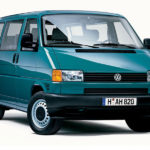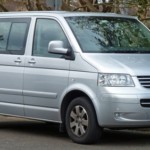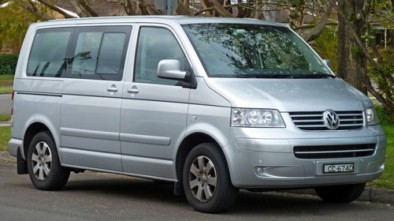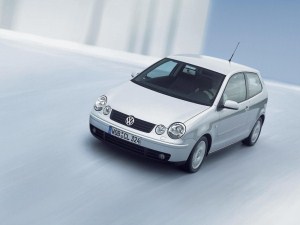Vw Transporter T3 1979 - 1992 - Model history
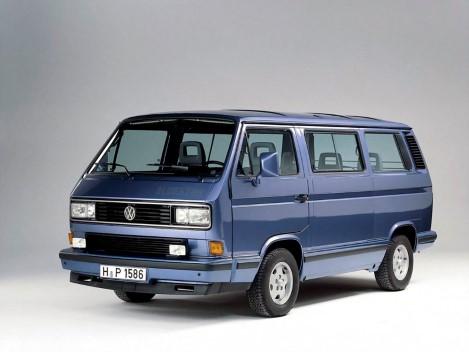
Vw Transporter T3
After much success with the T2, VW continued to develop its van, with the new model arriving in 1979 in the form of the T3 variant. Originally it was the T3 designation, but worldwide it was known as Caravelle, Vanagon and Transporter, among other names. This year marks the 30th anniversary of this model, which is still in large numbers today on all roads of the world…
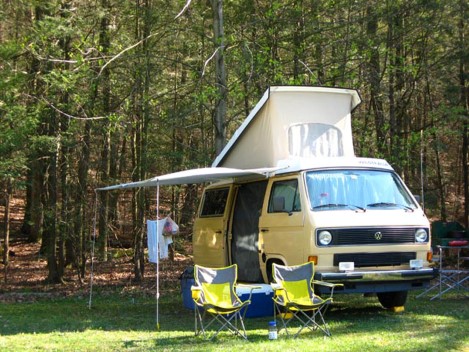
Vw Transporter T3
The new model, in addition to looking different, also benefited from passive safety, as numerous crash tests helped to design reinforcements and absorption zones that would neutralize most of the negative energy in the event of a frontal and lateral impact. The concept of air-cooled boxer motor it increased the usable space, and compared to its predecessor, the bonnet was lower by 16,5 cm, which further facilitated access to the passenger or cargo space. The new body design was accompanied by a modified chassis, as well as an excellent weight distribution between the axles, which directly affected the achievement of more convincing driving characteristics, but also a large load capacity of one ton. The boxer configuration of the petrols, which came in 1.6, 1.9, 2.0 and 2.1 liter versions, of which the initial and 2.0-liter were air-cooled, and the rest with liquid, was kept in view of the engine. As early as 1981, the range was supplemented by a 1.6-liter in-line diesel with 50 hp, known from the Golf model, and in 1985. VW The T3 enriches the newly developed 70hp turbo diesel engine and the 2.1hp 95-liter petrol version, which also has direct fuel injection.
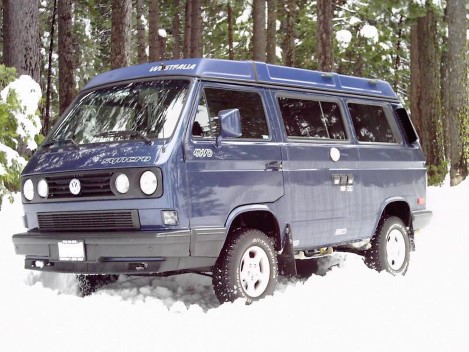
Vw Transporter T3
In the same year, the T3 was released in the Syncro variant, whose all-wheel drive was developed in collaboration with the Austrian off-road specialist Steyr Daimler Puch. Most of the 4 × 4 models are made in camper versions, intended for trips outside urban areas, which has made this model an ideal and durable companion on all world roads. The following year, the Transporter underwent several extensive improvements, including an even more luxurious interior with air conditioning on, and an exterior recognizable by square headlights, optional light wheels, and more massive plastic bumpers. The last series for 1990 and 1991 was the culmination of VW's transporter offer, especially in the Carat, Joker, California and cult camper Westphalia options, and the last edition was called Limited Last Edition, which was made in 1992 in 2.500 copies. How successful this VW model was is best shown by the fact that since 1979, over 5,5 million transporters have left the production lines. Some models continued to be produced, and the South African version is especially well-known, the production of which was stopped only in 2002. If we take into account that even today most of them roll on world roads, there is no doubt that the Transporter has already acquired the status of a cult vehicle, just like its famous brothers - Golf and Buba.
Provided with: auto-skaut.net
Recommendation of similar texts:

Hi there, I am Mladen and I am an auto enthusiast. I started this blog years ago to help like minded people share information about latest cars, car servicing ideas, used car info, exotic cars, and auto technology. You will find helpful articles and videos on a wide variety of cars - Audi, Mercedes, Toyota, Porsche, Volvo, BMW and much more. Ping us if you have anything cool to share on latest cars or on how to make older cars more efficient, or just want to say hi!

